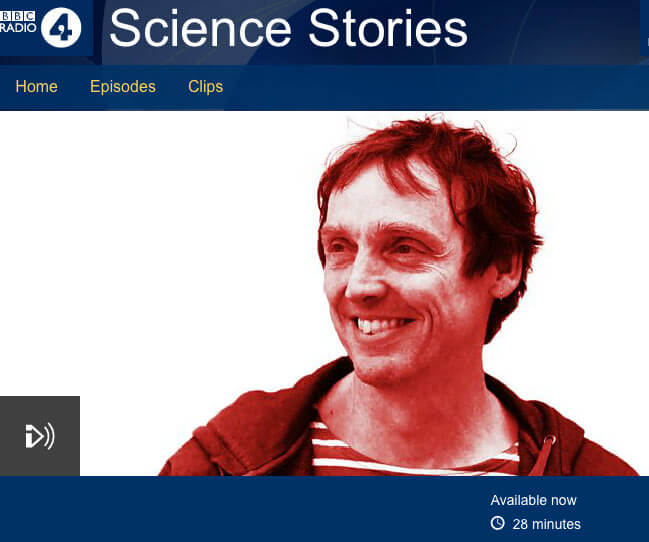Two episodes by Philip Ball.
Radio 4 Broadcast 2017
The Medieval Bishop’s Big Bang Theory
The Man Who Found Physics in Shells, Seeds and Bees
Episode Three – The Medieval Bishop’s Big Bang Theory (28 minutes)
How a dying man’s book demoted the earth and reconstructed the universe.
Philip Ball on a very modern medieval Big Bang Theory forged by a 13th-century bishop.
Philip Ball tells the tale of Robert Grosseteste and his medieval Big Bang Theory. This is the story of how a 13th Century Bishop, obsessed with rainbows, colour and light streaming through Cathedral windows, describes the birth of the cosmos in his treatise ‘On Light’. It’s a tale of daring invention and imagination, of how an early faith in scientific and mathematical principles, coupled to a belief in a universe ordered by God, gave rise to an uncannily prescient idea. It was nothing less than a medieval Big Bang.
LISTEN NOW with Radio 4 iPlayer
 Episode Five – The Man Who Found Physics in Shells, Seeds and Bees (28 minutes)
Episode Five – The Man Who Found Physics in Shells, Seeds and Bees (28 minutes)
The man who put maths into biology and saw physics in shells, seeds and bees 100 years ago.
100 years ago D’Arcy Wentworth Thompson published On Growth and Form, a book with a mission to put maths into biology. He showed how the shapes, forms and growth processes we see in the living world aren’t some arbitrary result of evolution’s blind searching, but are dictated by mathematical rules. A flower, a honeycomb, a dragonfly’s wing: it’s not sheer chance that these look the way they do. But can these processes be explained by physics? D’Arcy Thompson loved nature’s shapes and influenced a whole new field of systems biology, architects, designers and artists, including Henry Moore and Barbara Hepworth.
